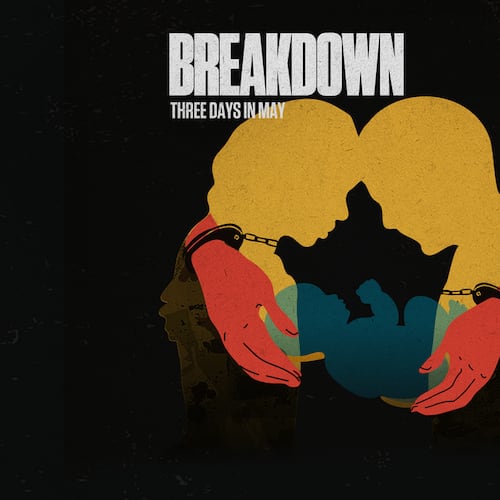Making a lane of I-20 reversible? Variable speed limits on the Downtown Connector? Reversible central “zipper” lanes and more shoulder lanes for other roads?
All are proposals under evaluation now at the state Department of Transportation, as officials rewrite the toll plan for metro Atlanta.
Recommendations won’t be out until late fall. But one thing is sure: The state means to build more optional toll lanes here.
The innovations above are all on the table, as well as others, including building additional new toll lanes. Many of the projects, especially building new lanes, would be longer-term efforts. But officials are taking a closer look at what can be done within the six years of metro Atlanta's next short-term plan, which runs 2014-2019.
DOT has already decided some roads are not likely candidates now for a newly constructed, additional lane. And three new toll roads are already on their way: a northern extension of the I-85 HOT lane with a new lane; a new lane along I-75 in Henry County; and the massive project to build toll lanes along I-75 and I-575 in Cobb and Cherokee counties.
But others are under evaluation to determine whether constructing new toll lanes would be worthwhile, including: the eastern and western walls of I-285 north of I-20, Ga. 400 inside the Perimeter, I-20 outside the Perimeter, the slice of I-85 inside the Perimeter south of the Connector, Ga. 316 in Gwinnett and Barrow counties, and even U.S. 78.
Other toll studies are already ongoing along Ga. 400 north of I-285 and along the top end of I-285, an effort dubbed “Revive I-285.”
State transportation planners described their study to the Georgia Regional Transportation Authority’s board Wednesday. They emphasized that data is still coming in and the information is still in flux. But during their presentation and in interviews afterward, they noted some early conclusions already reached about what likely won’t work:
- Gov. Nathan Deal opposes turning HOV lanes into HOT lanes. Projects that would do that, such as on I-85 inside the Perimeter, will be taken out of the plan.
- Deal also opposes long-term leases of state roads to private companies.
- The Downtown Connector is too cramped with nearby expensive buildings to expand it with a new lane. In addition, a reversible lane wouldn't do much good because during rush hours, the Connector is jammed in both directions.
- I-285 south of I-20 does not have the congestion of the northern half, so DOT is not studying it for toll lanes.
- The state will probably not be building new lanes along major Atlanta-area highways without tolling them, a policy long in place at DOT.
It’s not just the Connector that gives planners pause when it comes to building new lanes. Most roads inside the Perimeter would either be too expensive to widen or don’t have sufficient congestion to merit the enormous cost of widening.
For those highways, as well as the others, new technology, shoulders and reversible lanes are under evaluation. DOT will be monitoring how well its upcoming variable speed limit works on northern I-285.
Kyle Mote, a DOT project manager who spoke about the study Wednesday, likened the variable speed limits to attempting to regulate the flow from a bag of rice. Dump the rice quickly into a funnel all at once and the rice is stuck. Slow traffic down during congested times and the hope is a more even flow will actually speed traffic overall.
To institute zipper lanes, a huge, expensive truck would move concrete barriers every rush hour from one side of a lane to the other, creating a reversible lane. While they cost money to continue operating, they are initially far less expensive than building a new lane.
Toby Carr, DOT’s planning director who reports to Deal, emphasized that the study first must conclude whether a project is even helpful to a corridor and whether it’s possible to engineer it. After that, it must evaluate whether it’s feasible, including whether it’s too expensive.
Carr said the technological innovations may not be as expensive as a new lane, but they’re still important.
“Some small-dollar improvements may have some big impacts,” he said, stating a goal of Deal’s administration.
To be sure, much of what this plan accomplishes may depend on how much can be done before the next gubernatorial elections. Plans laid by former Gov. Sonny Perdue, who supported private road leases and converting HOV lanes to toll lanes, have changed course under Deal.
The fall recommendations will include both a list of major highway projects and a list of projects on surface streets that may help free up some traffic on the highways where they intersect.
“We’re trying to filter all this down and do some hard cuts,” Mote said, to determine “what can we do, what can we afford?”
About the Author
Keep Reading
The Latest
Featured


